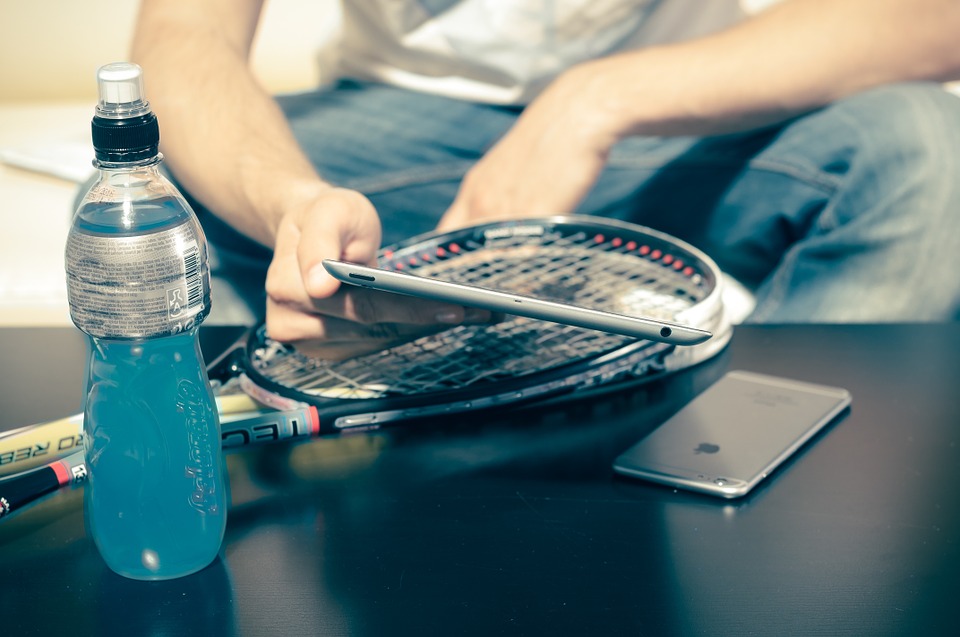New innovation almost always comes from “the little guy.” The large companies with an established presence are the old guard. They are typically entrenched in the way things are done currently, or, worse, in the way things used to be.
The Little Guy

So it is unsurprising that innovation in the Internet of Things (IoT) sector is expected to come from startups, not behemoths. Instead of creating new tech themselves, large, established companies much more often buy up new technology developed by someone else.
If history teaches us anything, it teaches us that even if they invent it, they often do not see the use for it. It was IBM that invented the PC, but Microsoft took it and ran with it. IBM was still creating very computers and didn’t see the use for something small. Like modern mobile devices, devices that are part of the IoT are typically even smaller than the PC, which is now something of an old style behemoth in its own right.
Although agriculture is an area being impacted by the IoT, the largest sections of this market involve personalized health, smart homes and smart cities. Startups have a long history of being associated with urban environments. That is where the money, know how and customers are. That combination helps spur good growth for small, new companies with big ambitions.
The IoT Is in Your Insurance, Doctors Office and Fitness Trackers

Surprisingly, highly regulated industries like business insurance, health insurance and hospitals have been rapidly adapting to this new environment despite bureaucratic obstacles. Their business models are changing in important, fundamental ways as health monitoring devices and big data combine to allow them to do things that have never been done before. Insurance has turned into an old guard sector rapidly making friends with the new toys coming out of the IoT.
They are seeing new opportunities for monitoring the health of their customers in a way that enhances the quality of life for their customers while simultaneously enhancing their bottom line. Customers who go along with these programs see health benefits plus discounts on their premiums. Unexpectedly, customers are cooperating with this agenda, in spite of potential invasion of privacy concerns. Well designed programs that carefully protect the data of their participants are being met with a warm welcome rather than the cold shoulder.
Another health-related use of IoT tech is in the area of helping preserve the safety, security and independence of the elderly. This is sometimes a cross between smart home tech and health monitoring tech. A mix of personal sensors and home technology can help older people continue to live in the home of their choice while having protections in place. These devices will be customized to meet their special needs.
Bells and Whistles

Especially in Europe, smart cities and smart homes are appealing as a development area. Small spaces and demographically dense urban areas are environments that have a lot of room for being enhanced with small tech upgrades. Programming lights or small kitchen appliances or security features in a city apartment has a lot more draw than trying to do so in a more suburban environment. There is more incentive for it, such as higher crime rates and more people living alone, and it is an attractive market segment for new companies hoping to make it big.
Urban apartments are typically tiny. Being able to add some bells and whistles in the form of tech that saves you time and energy or otherwise enhances your life can greatly improve a small space at a reasonable cost. It can reduce the desire for more space by making a small space work more efficiently and effectively. It also costs less to turn a small space into a smart home than to wire up a larger suburban space with the same kinds of tech toys. Not to mention more modern living spaces are beginning to offer these tech connected spaces whether they be in the apartments themselves or in meeting spaces offered through the complex.
So many European cities, like Paris, have been designed in a pedestrian-friendly manner with an eye towards treating the cityscape like an outdoor room. This helps blur the line between smart home tech and smart city tech. It is only natural that expectations of automation and convenience via smart devices spill out of our homes and into our streets.
Just as smart homes can save energy and enhance security, smart cities often have those two goals as well. Smart cities allow citizens to be plugged in to e-government, municipal VSAT internet and enhance the kind and amount of data available to the government that services them. Amsterdam is considered the premium example of this, but smart city initiatives are well established and growing across Europe.
Smart homes, smart cities and IoT health devices are helping to keep the quality of life high for city dwellers across Europe. These are hot markets for startups looking to make their mark while making a positive difference in the world. These days, the smallest things, like chip technology, are enhancing the use of the largest things, like buildings and even whole cities.

